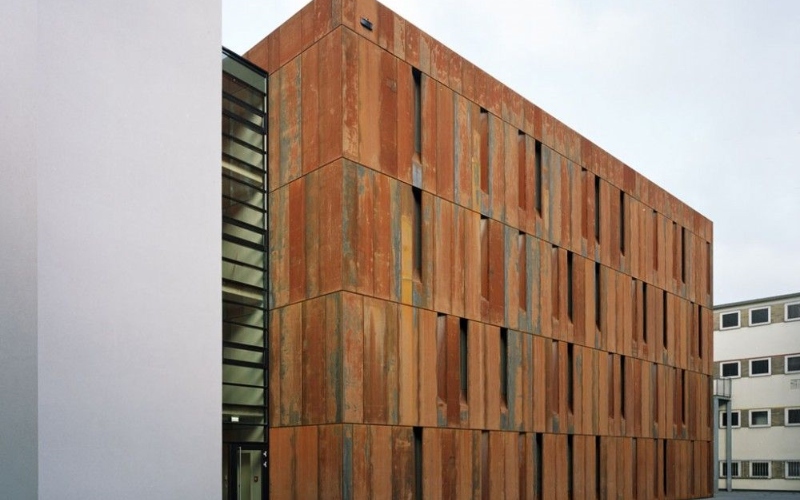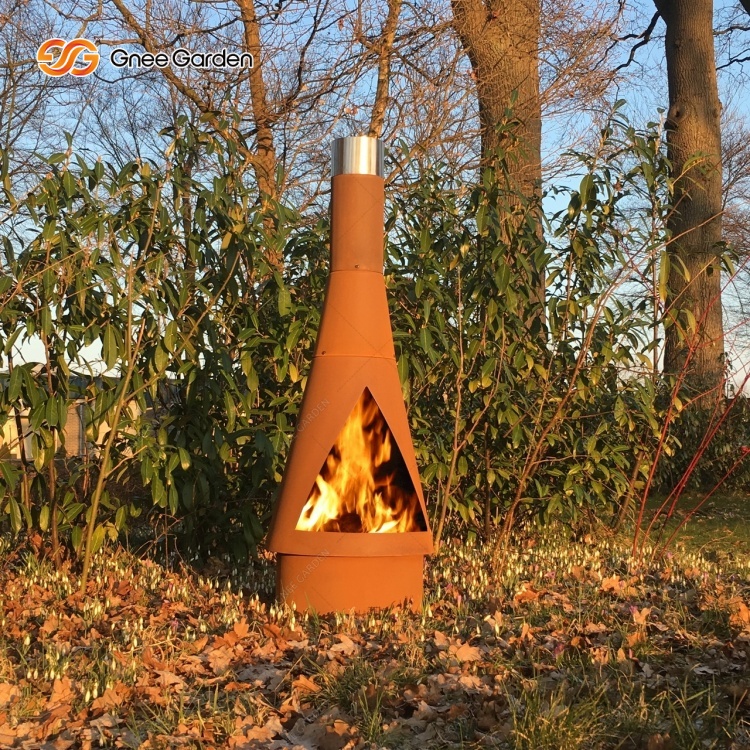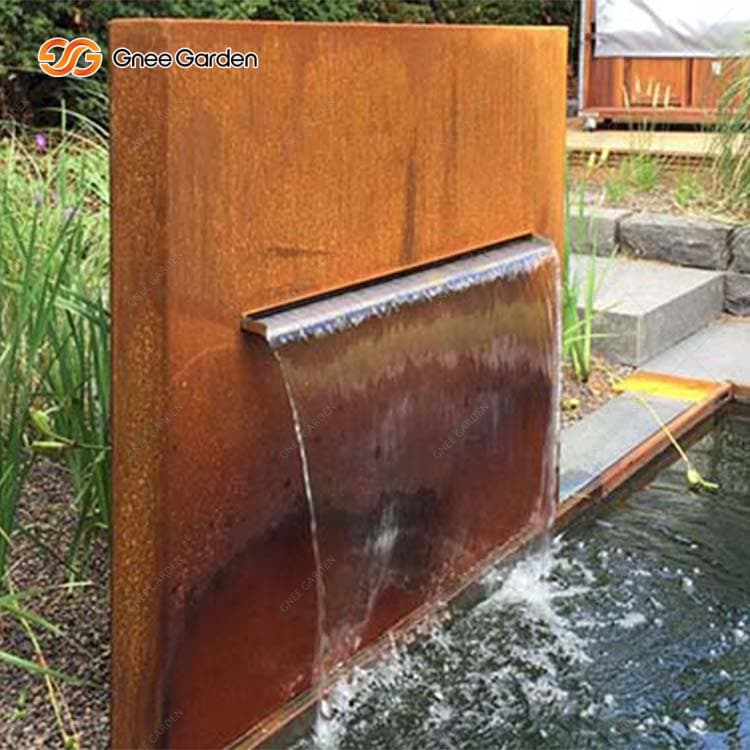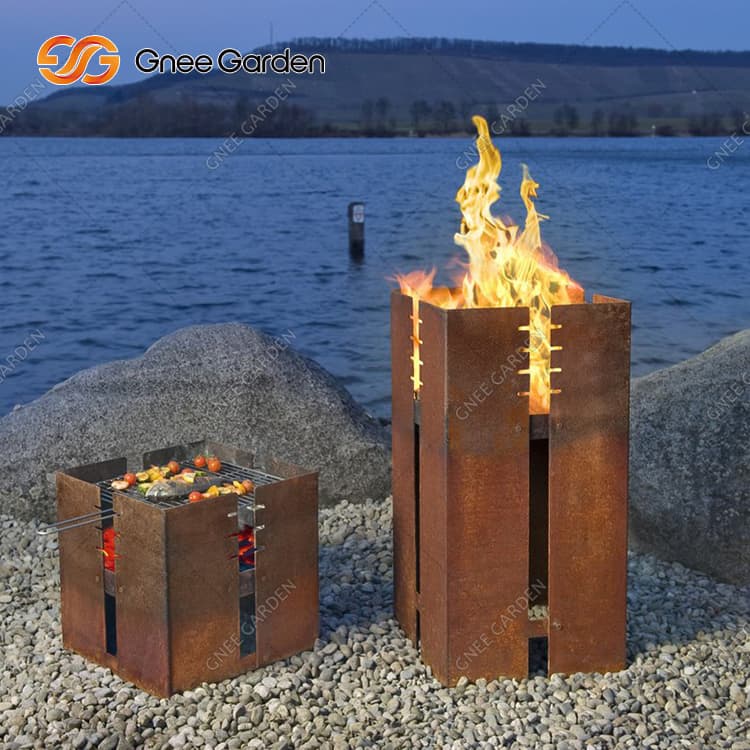Factors influencing the formation time of corten steel
Composition of the steel
The composition of corten steel is of utmost importance in determining its formation time. It is composed primarily of iron, chromium, copper, and nickel. These elements work in harmony to bestow upon corten steel its protective layer of rust, known as the patina, which imparts the steel its characteristic weathered appearance. The specific ratio of these elements within the steel composition can indeed affect the speed at which the patina forms.
Temperature and humidity
The temperature and humidity levels in the environment also exert their influence upon the formation time of corten steel. Higher temperatures and increased humidity, by virtue of their nature, accelerate the oxidation process, hastening the development of the patina. Conversely, colder temperatures and lower humidity may impede the formation, prolonging the time it takes for the desired weathered look to manifest itself.
Exposure to weather conditions
The exposure of corten steel to various weather conditions plays a pivotal role in determining its formation time. Rain, sunlight, and wind – these elements of nature significantly impact the process. Moisture, especially in the form of rain or dew, is vital for initiating the rusting process. Sunlight and wind act as catalysts, providing heat and promoting air circulation, respectively, thereby accelerating the oxidation process.
Thickness of the steel
The thickness of corten steel must not be overlooked, for it too influences the time it takes for the patina to form. Thicker sections of steel, generally require a longer duration to develop the weathered appearance compared to their thinner counterparts. This is because the oxidation process must penetrate through the entirety of the steel’s thickness to create a uniform and well-developed patina.

Formation time for corten steel
This unique aesthetic is achieved through a natural oxidation process, making it essential to understand the formation time for this remarkable material.
Initial oxidation process
During the initial oxidation process, corten steel undergoes a transformation as it develops a protective layer, known as the patina, which shields it from further corrosion. This remarkable transformation occurs through the interaction of the steel with its surrounding environment, and it is a two-step process involving an initial oxidation phase followed by maturation.
Formation of the protective layer
The formation of the protective layer commences with the exposure of corten steel to the oxygen present in the air. This exposure triggers a chemical reaction, leading to the formation of iron oxide, commonly known as rust. However, unlike traditional steel, corten steel rusts in a controlled manner, resulting in a tightly adhered layer that acts as a barrier against further corrosion. This protective layer not only safeguards the underlying steel but also imbues corten steel with its distinctive and captivating allure.
Time required for the initial patina to develop
The question of how long it takes for the initial patina to develop on corten steel is a complex one, as it depends on various factors. The climate, exposure to moisture, and the presence of certain chemicals in the air all play a role in determining the formation time. Regions blessed with high humidity and frequent rainfall tend to witness a faster development of the protective layer.
Maturing of the patina
Once the initial oxidation phase is complete, the patina on corten steel continues to mature and stabilize over time. This maturation process is influenced by a multitude of factors, each contributing to the development of a rich and deep color, as well as a captivating texture.

FAQs: Formation Time and Maintenance of Corten Steel
1. How long does it take for corten steel to form its characteristic rust-like patina?
The formation time of corten steel’s patina depends on various factors such as the composition of the steel, temperature and humidity levels, exposure to weather conditions, and the thickness of the steel. Generally, it can take several months to a few years for the patina to fully develop and stabilize.
2. What factors influence the formation time of corten steel?
The formation time of corten steel is influenced by the composition of the steel, temperature and humidity levels, exposure to weather conditions, and the thickness of the steel. These factors affect the oxidation process and the development of the protective rust-like patina.
3. Does corten steel immediately acquire its characteristic rusty appearance upon installation?
No, corten steel initially has a standard metallic appearance similar to regular steel. The weathering process, which gives it the unique rust-like patina, takes time to develop. It is important to have realistic expectations and understand that the initial appearance of corten steel may not match the desired aesthetic right away.
4. Can the patina development on corten steel be rushed?
No, the patina development on corten steel cannot be rushed. While corten steel weathers faster than traditional steel, the formation of the protective layer takes time. Factors such as climate, exposure to moisture, and air quality influence the speed at which the patina develops. Rushing the process can lead to undesirable results and compromise the long-term durability of the material.
5. Is corten steel maintenance-free?
No, corten steel is not maintenance-free. Regular maintenance is necessary to ensure its long-term aesthetics and durability. This includes removing debris, preventing the accumulation of moisture, and addressing any signs of corrosion. Proper maintenance practices help corten steel retain its distinctive appearance and structural integrity over time.






